Blog
Unlocking Innovation: A Beginner's Guide to Circuit Board Design Techniques for Modern Electronics
In today’s rapidly advancing technological landscape, the importance of circuit board design cannot be overstated. As the backbone of modern electronics, circuit boards serve as critical platforms that connect and power various components, enabling innovation across countless applications.
This article unveils the essential techniques and methodologies for circuit board design, catering to both novices and experienced hobbyists looking to enhance their skills.
By exploring the top ten design approaches, we aim to empower readers with practical knowledge and creative insights that can streamline their design process. From understanding the basics of layout optimization to implementing advanced techniques for signal integrity, we’ll provide a comprehensive overview that serves as a gateway to successful circuit board development.
Join us as we delve into the exciting world of circuit board design, and unlock the potential for innovation in your electronic projects.

Understanding the Basics of Circuit Board Design for Beginners
In today's rapidly evolving technology landscape, understanding the basics of circuit board design is crucial for aspiring engineers and hobbyists alike. Circuit boards are the backbone of modern electronics, playing a vital role in everything from smartphones to medical devices. According to a report from the Research and Markets, the global printed circuit board (PCB) market is projected to reach $82 billion by 2026, growing at a CAGR of 4.91%. This growth highlights the increasing demand for innovative circuit board design techniques that can facilitate complex functionalities while optimizing space and cost.
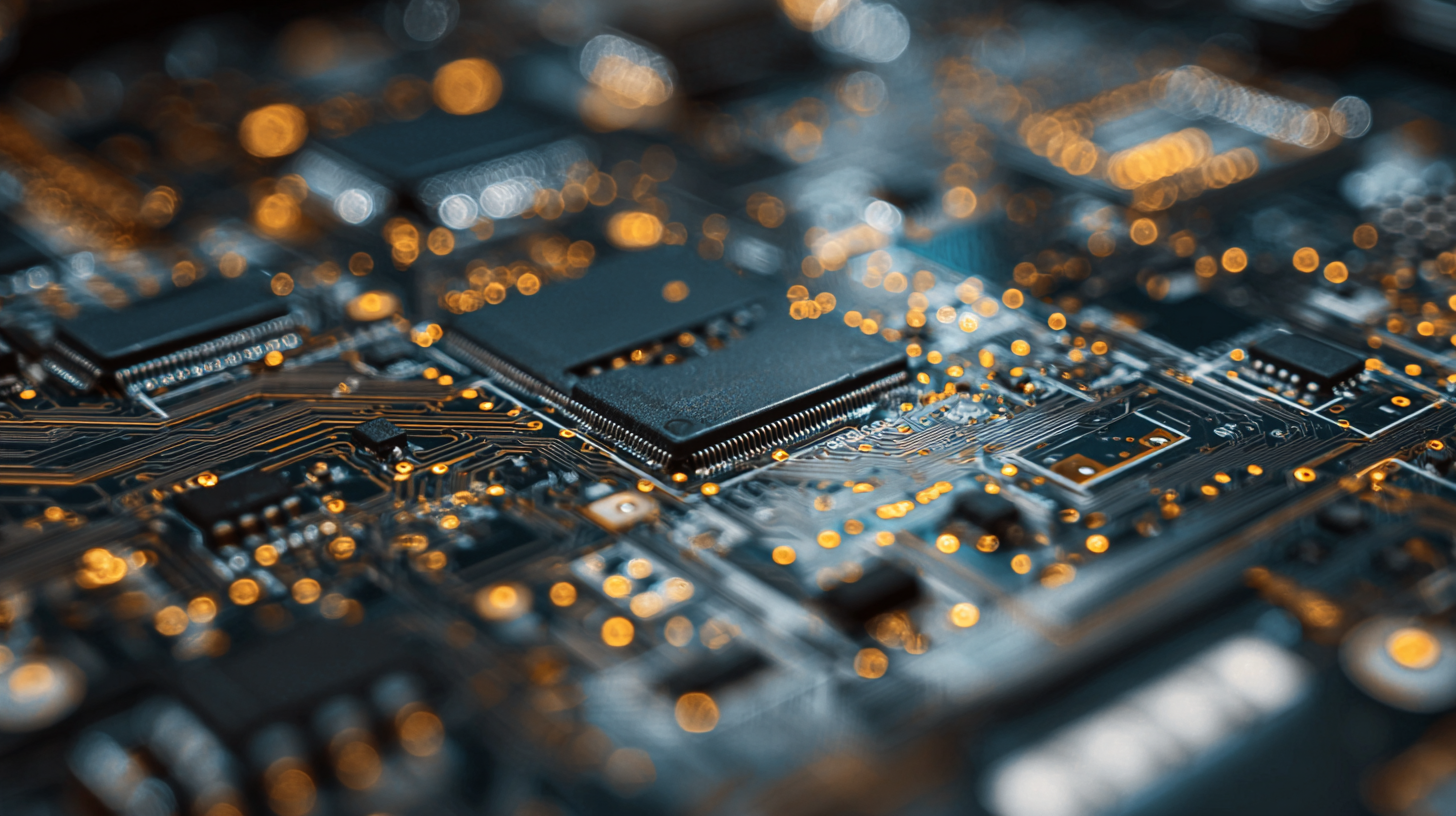
For beginners, mastering the fundamentals of circuit board design involves familiarizing oneself with schematic capture, circuit simulation, and layout techniques. Tools such as KiCad and Altium Designer offer user-friendly interfaces that empower newcomers to create both simple and advanced designs. Notably, the PCB design process includes critical steps like component selection, ensuring signal integrity, and accommodating thermal management, which are essential for creating reliable circuits that meet modern electronic standards. With industrial shifts towards miniaturization and IoT devices, embracing these foundational skills will enable beginners to contribute effectively to this thriving industry.
Essential Tools and Software for Modern Circuit Board Creation
In the rapidly evolving world of modern electronics, circuit board design is at the forefront of innovation. With the increasing demand for compact and efficient electronic devices, mastering the essential tools and software for circuit board creation has never been more crucial. Free circuit design software can significantly enhance the capabilities of professionals, students, and hobbyists alike by offering valuable resources that are typically expensive.
**Tips:** When starting with circuit board design, consider exploring a variety of free tools that suit your needs. Many of these platforms offer intuitive interfaces and can streamline the design process, allowing for quicker iterations and improved collaboration. Remember, hands-on practice with these software will accelerate your learning curve.
Additionally, staying updated on the latest trends in electronic design automation (EDA) can provide insights into the core processes that drive modern manufacturing. Understanding how EDA tools integrate into the design workflow will not only elevate your technical skills but also enhance your project outcomes. Embrace these advancements and leverage the power of free software to bring your circuit board ideas to life.
Unlocking Innovation: A Beginner's Guide to Circuit Board Design Techniques for Modern Electronics - Essential Tools and Software for Modern Circuit Board Creation
| Design Technique | Essential Tools | Software Options | Skill Level |
|---|---|---|---|
| Schematic Design | Breadboard, Multimeter | Eagle, KiCad | Beginner |
| PCB Layout | Tape, Ruler | Altium Designer, OrCAD | Intermediate |
| Prototyping | 3D Printer, CNC Machine | Fusion 360, SketchUp | Advanced |
| Testing & Debugging | Oscilloscope, Logic Analyzer | LTSpice, PSpice | Professional |
| Component Placement | Tweezers, Placement Jig | DipTrace, EasyEDA | Intermediate |
Key Techniques for Enhancing Circuit Board Layout Efficiency
In today's rapidly evolving electronics landscape, enhancing circuit board layout efficiency is paramount for driving innovation. According to a report by Research and Markets, the global printed circuit board (PCB) market is expected to reach $85.35 billion by 2027, growing at a Compound Annual Growth Rate (CAGR) of 3.8% from 2020. This growth highlights the importance of adopting effective circuit board design techniques to remain competitive and meet the increasing demand for advanced electronics.
One key technique that designers can implement is the optimization of component placement. By strategically arranging components, designers can minimize trace lengths, thus reducing potential signal integrity issues and electromagnetic interference. A well-placed component layout can decrease manufacturing costs by up to 30% according to a study from the IPC (Institute of Printed Circuits). Moreover, utilizing design software tools that offer simulation and analysis capabilities allows for real-time adjustments, further increasing layout efficiency. These tools can help in identifying potential issues early in the design phase, leading to shorter development cycles and improved product quality.
In addition, employing advanced routing techniques, such as differential pair routing for high-speed signals, can significantly enhance performance and reliability. A survey published by EDN Network indicates that nearly 75% of design engineers prioritize high-speed performance in their PCB layouts. By integrating these techniques, engineers not only enhance efficiency but also ensure that their designs can handle the complexities of modern electronic applications, paving the way for innovative solutions in various industries.
Unlocking Innovation: Circuit Board Design Techniques Efficiency
This chart displays the efficiency ratings of different circuit board design techniques, helping beginners understand which methods can enhance layout efficiency in modern electronics.
Common Mistakes in Circuit Board Design and How to Avoid Them
When diving into circuit board design, common mistakes can derail an otherwise promising project. One significant error is neglecting to account for the thermal management of components. Without proper thermal considerations, overheating can lead to device failure. Ensure that components are appropriately spaced and that heat sinks are utilized where necessary to maintain optimal temperatures.
Another frequent pitfall is the lack of adequate grounding. Poor grounding can introduce noise into the system, leading to erratic behavior. It’s crucial to provide a solid ground plane and to closely connect all grounding points to minimize potential issues.
**Tips**:
- Always double-check component placement and orientation before finalizing your design. Misalignment can cause functionality problems that are hard to troubleshoot.
- Utilize PCB design software with built-in error checking features to help catch mistakes early in the process. This can save you time and resources in the long run.
- Consider conducting prototype tests with a small batch before full-scale production. This allows you to identify and rectify design flaws in real-world scenarios.
Best Practices for Testing and Prototyping Circuit Board Designs
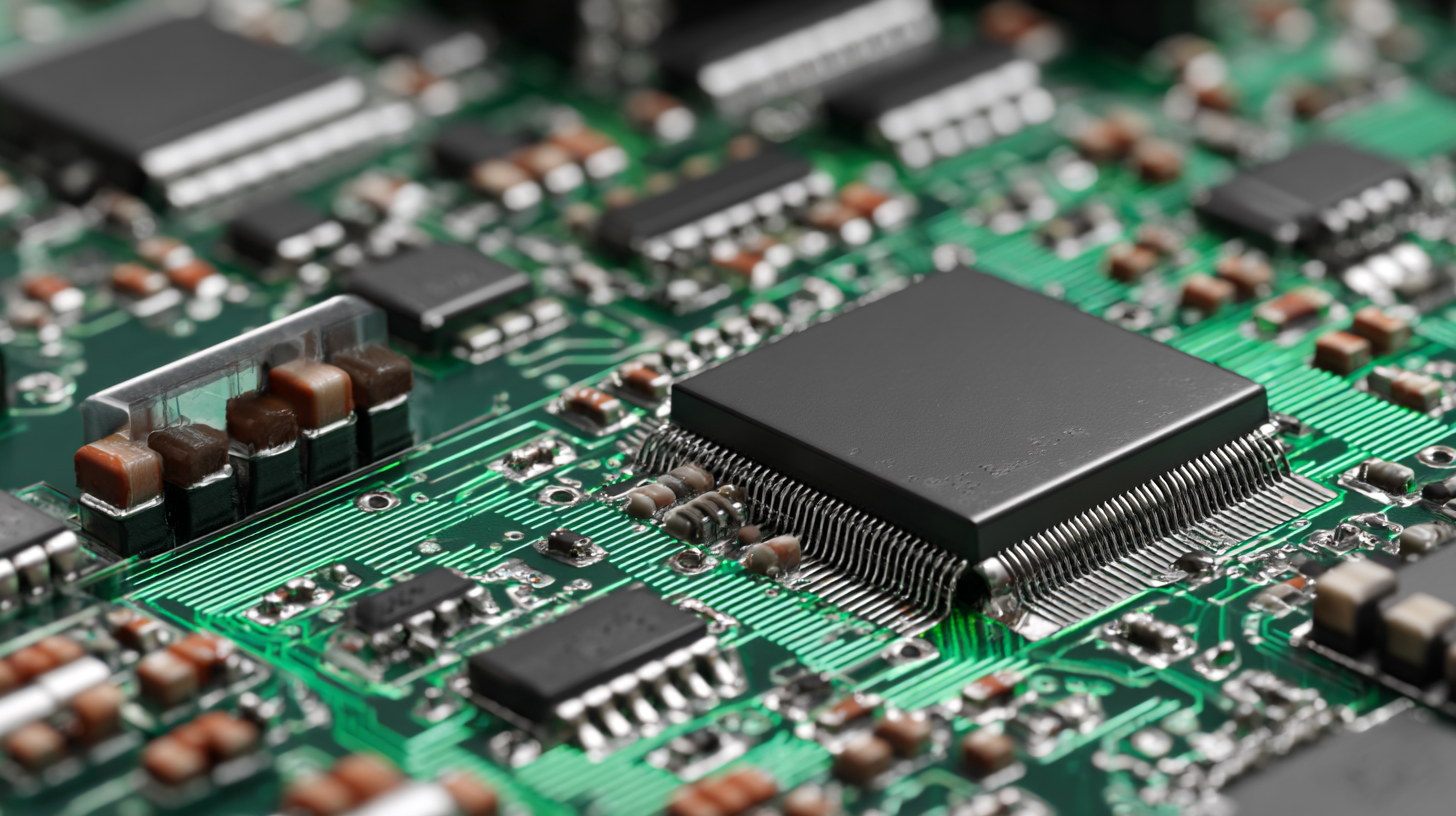 When designing circuit boards, effective testing and prototyping are crucial to ensuring functionality and reliability in modern electronics. According to a recent report by the Electronics Industry Association, approximately 70% of electronic product failures are attributed to design errors that could have been identified during earlier prototyping stages. This statistic highlights the necessity of iterative testing, which allows designers to refine their prototypes based on real-world performance data before moving into larger production runs.
When designing circuit boards, effective testing and prototyping are crucial to ensuring functionality and reliability in modern electronics. According to a recent report by the Electronics Industry Association, approximately 70% of electronic product failures are attributed to design errors that could have been identified during earlier prototyping stages. This statistic highlights the necessity of iterative testing, which allows designers to refine their prototypes based on real-world performance data before moving into larger production runs.
Implementing best practices in testing involves a multi-faceted approach, where designers utilize both software simulation tools and physical prototypes. For instance, the use of automated testing equipment (ATE) can significantly streamline the testing process, reducing time to market by up to 30%, as revealed in a survey by the International Test Conference. Additionally, integrating feedback loops into the design process allows teams to address potential issues early on, which not only enhances product quality but also contributes to cost efficiency and resource management throughout the development cycle. By prioritizing comprehensive testing and agile prototyping methods, electronics engineers can unlock innovation and drive advancements in circuit board design, ultimately leading to more successful market launches.
Related Posts
-
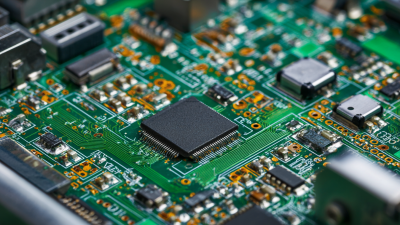
Understanding the Industry Standards Challenges for Best PCB Circuit Production
-

How to Master Circuit Board Design: Essential Tips for Beginners
-

7 Essential Tips for Sourcing the Best PCB Production Worldwide
-

Solutions for Sourcing the Best PCB Circuit Boards Globally: Your Comprehensive Guide
-
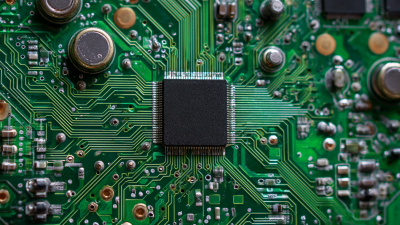
How to Choose the Best PCB Make for Your Project Success
-
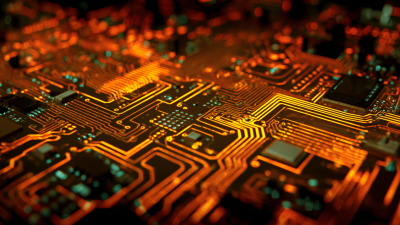
Mastering PCB Prototyping Techniques for Beginners in Electronics
